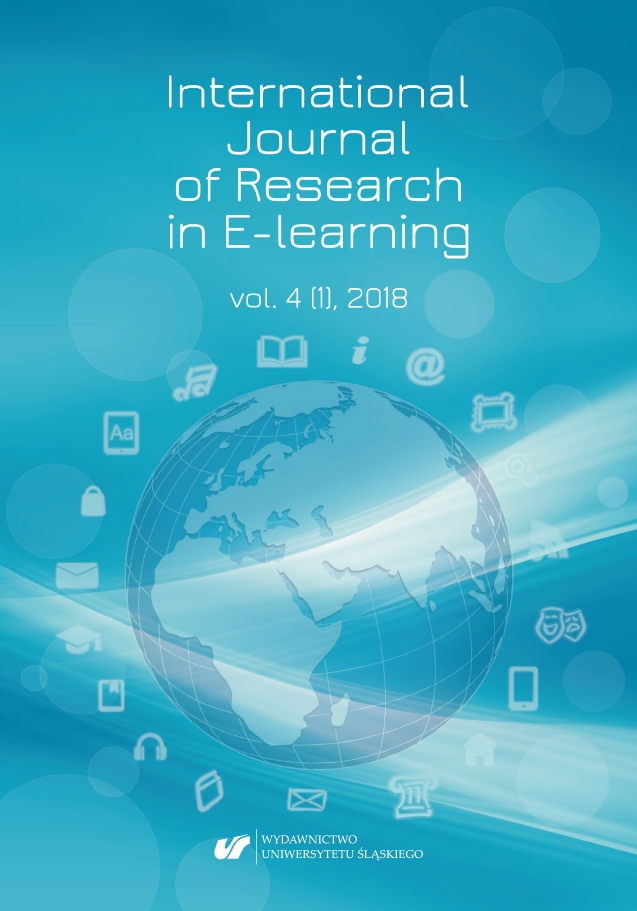Bergmann, J. & Sams, A. (2012). Flip your classroom: Reach every student in every class every day. Eugene, Washington, Alexandria: ISTE & ASCD.
Bogdanova, D. (2017). lokčejn i obrazovanie /Blockchain and Education/. Distancionnoe i virtualʹnoe obučenie, 2, 65–74.
Fedoseev, A. (2016). K voprosu ob umenʹšenii obʺema porcij učebnogo materiala pri èlektronnom obučenii /What is behind the concept of “knowledge in small packages”/. Informatika i ee primeneniâ, 10(3), 105–110.
Geller, E. H., Son, J. Y., & Stigler, J. W. (2017). Conceptual explanations and understanding fraction comparisons. Learning and Instruction, 52, 122–129.
Petrova, V. (2014). Petrova, V. Metod 3-4-5, čtoby vse zapominatʹ! Osvojte novuû tehnologiû zapominaniâ /Method 3-4-5 to remember everything! Master the new memory technology/. Montreal: Accent Graphics Communications.
Sun, P. C., Tsai, R. J., Finger, G., Chen, Y. Y., & Yeh, D. (2008). What drives a successful e-learning? An empirical investigation of the critical factors influencing learner satisfaction. Computers & Education, 50(4), 1183–1202.
Wiliam, D. (2011). What is assessment for learning? Studies in Educational Evaluation, 37(1), 3–14. Wilson, M. (2008). Software as a service – or software plus services? Markwilson.it, blog post, 19 August 2008. Accessed 21 June 2018. Retrieved from http://www.markwilson.co.uk/blog/2008/08/software-as-a-service-or-softwa....
Google Scholar


